These lemon bars include a gluten-free shortbread-like crust with a sweet-and-tangy filling! Spring calls for fresh lemon bars. These sweet, tart lemon bars are a must-have for warmer days. They're gluten-free, dairy-free, and paleo-friendly, but no one will notice if you don't say so because these healthy lemon bars taste just as amazing!
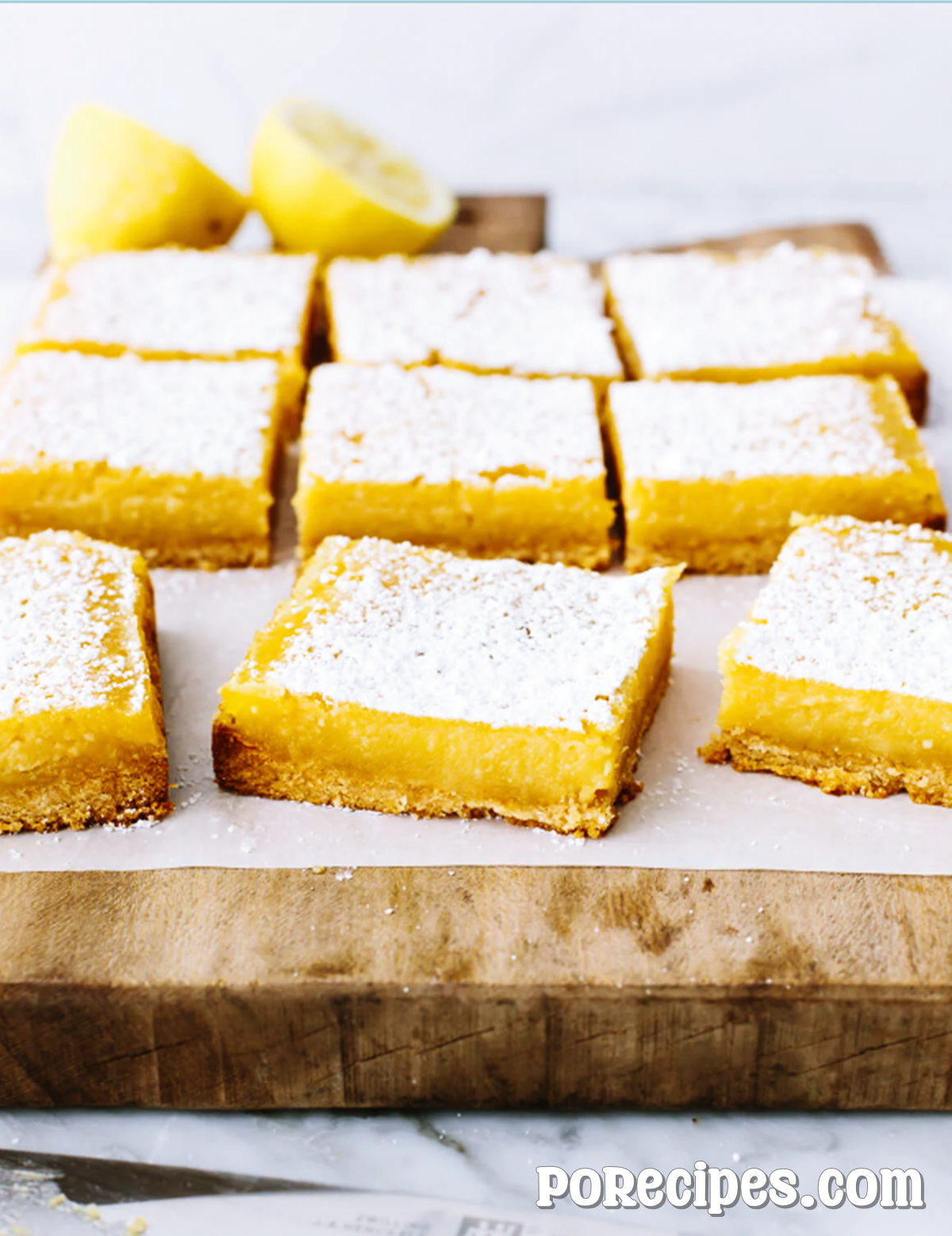
HOW TO MAKE GLUTEN-FREE LEMON BARS
Get the crust ready. To mix the coconut oil, honey, and vanilla, whisk them together. Then add the almond flour, coconut flour, and salt, and use your hands to mix everything until you have a thick dough.
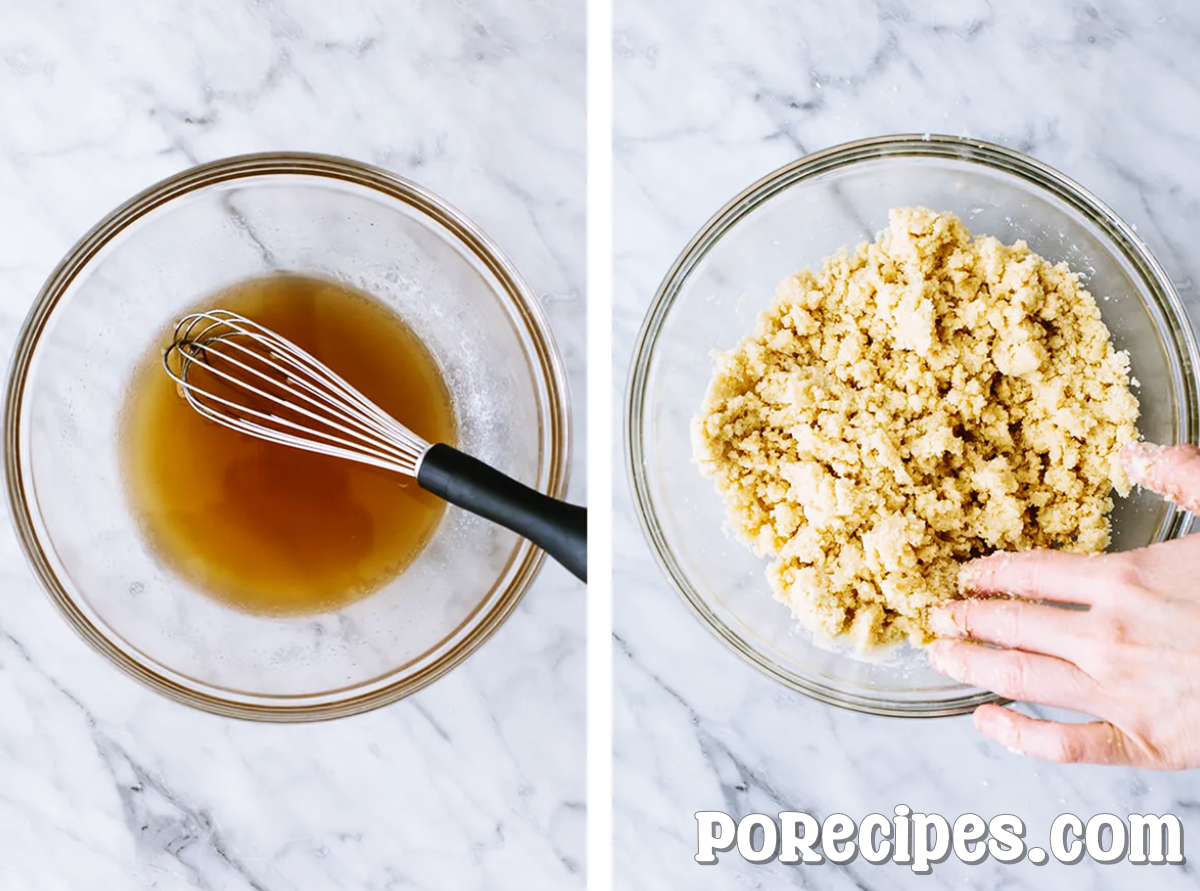
Put the dough down in the pan. Pour the dough into the pan lined with parchment paper, and then press it down hard with your hands to the edges and corners.
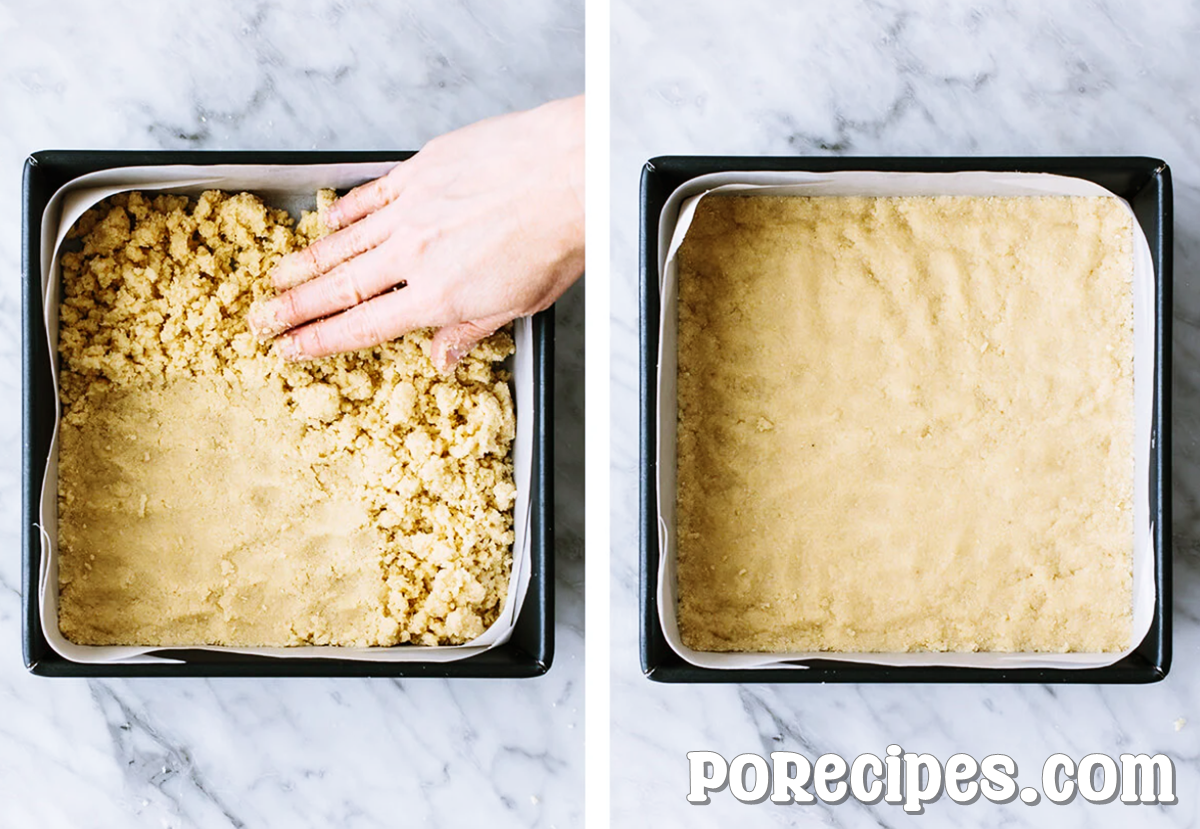
Bake the crust first. Set your oven to 350F and bake the crust for about 15 minutes, or until the edges begin to brown.
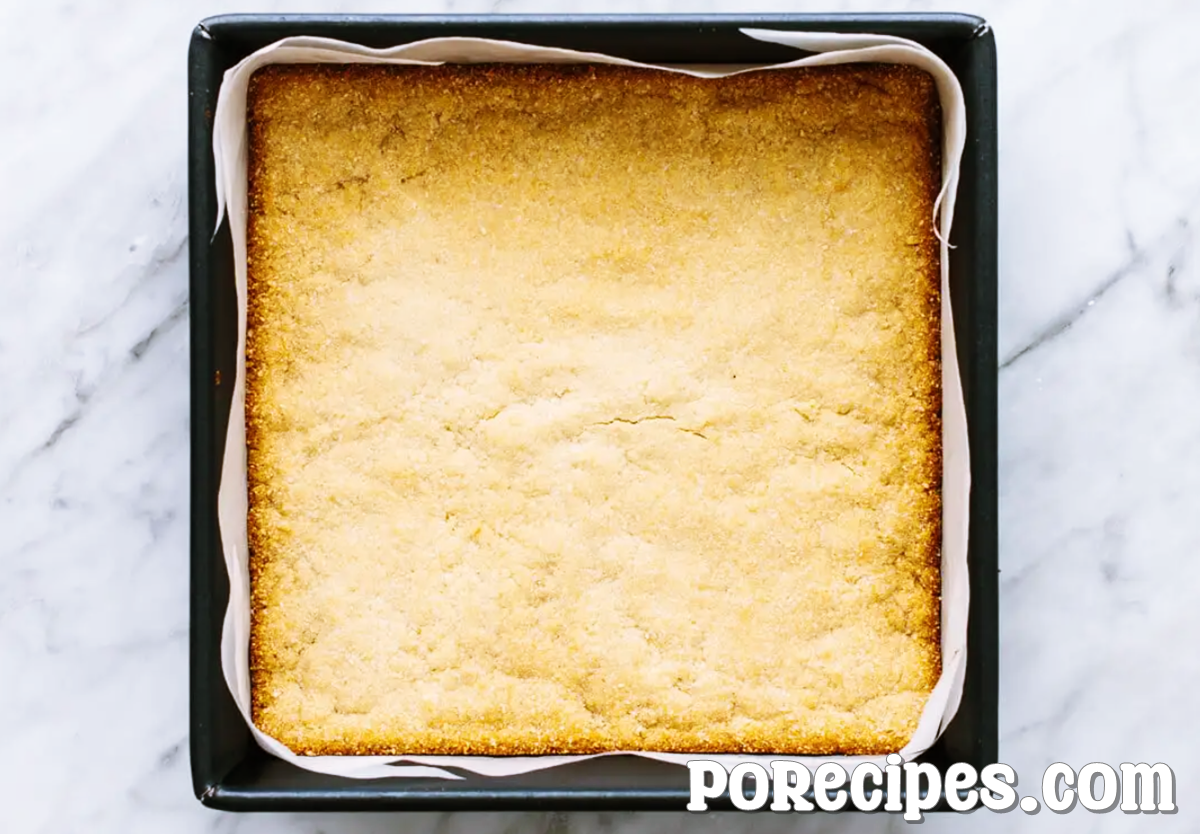
Fill the shells. It's important to mix things in the proper order so that you don't end up with white bits on top that look like mixed eggs. Start by beating the eggs and honey together until the eggs are smooth. Then mix in the lemon juice and zest. And finally, add the tapioca flour and whisk again until there are no more flour clumps.
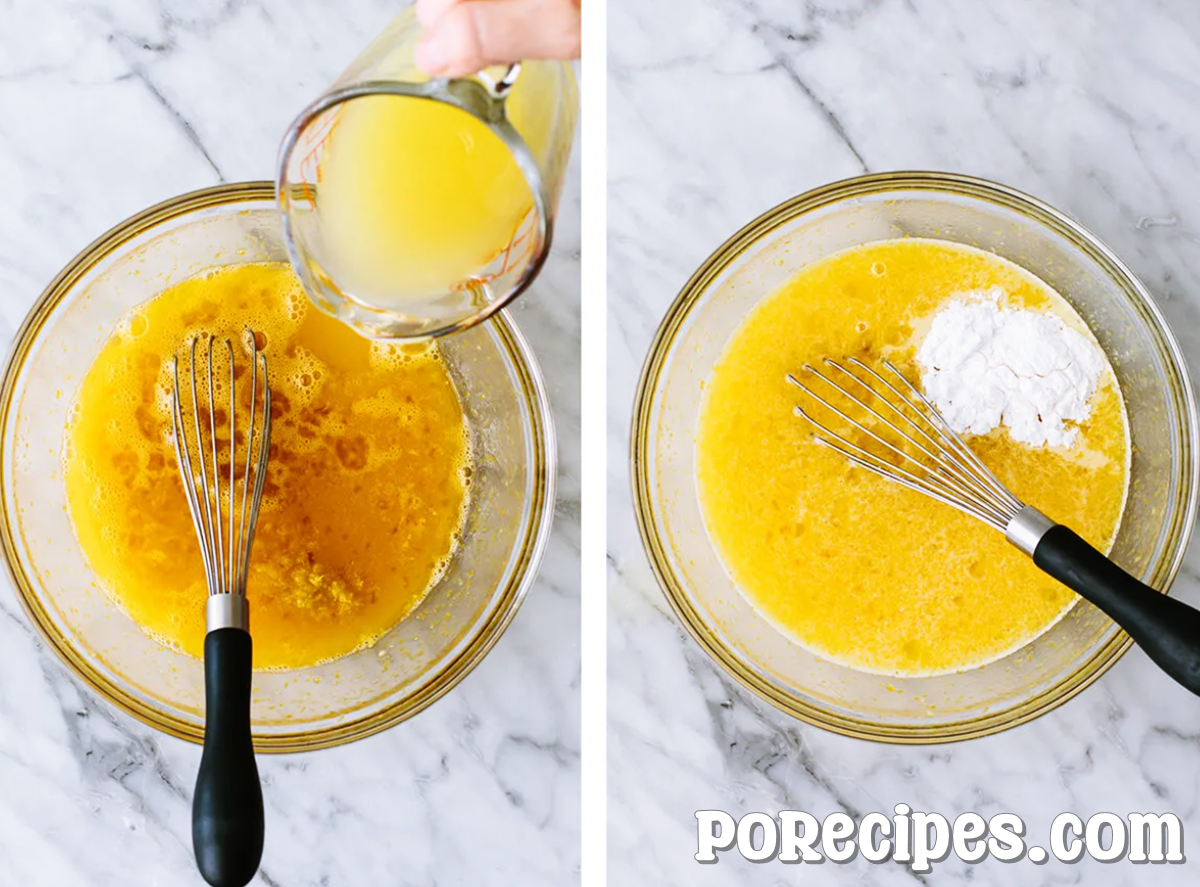
Fill the pan with the filling. Once the shell has been pre-baked, please remove it from the oven and pour the filling on top while it is hot. Then put it in the oven and bake it for 20 to 25 minutes, or until it's done.
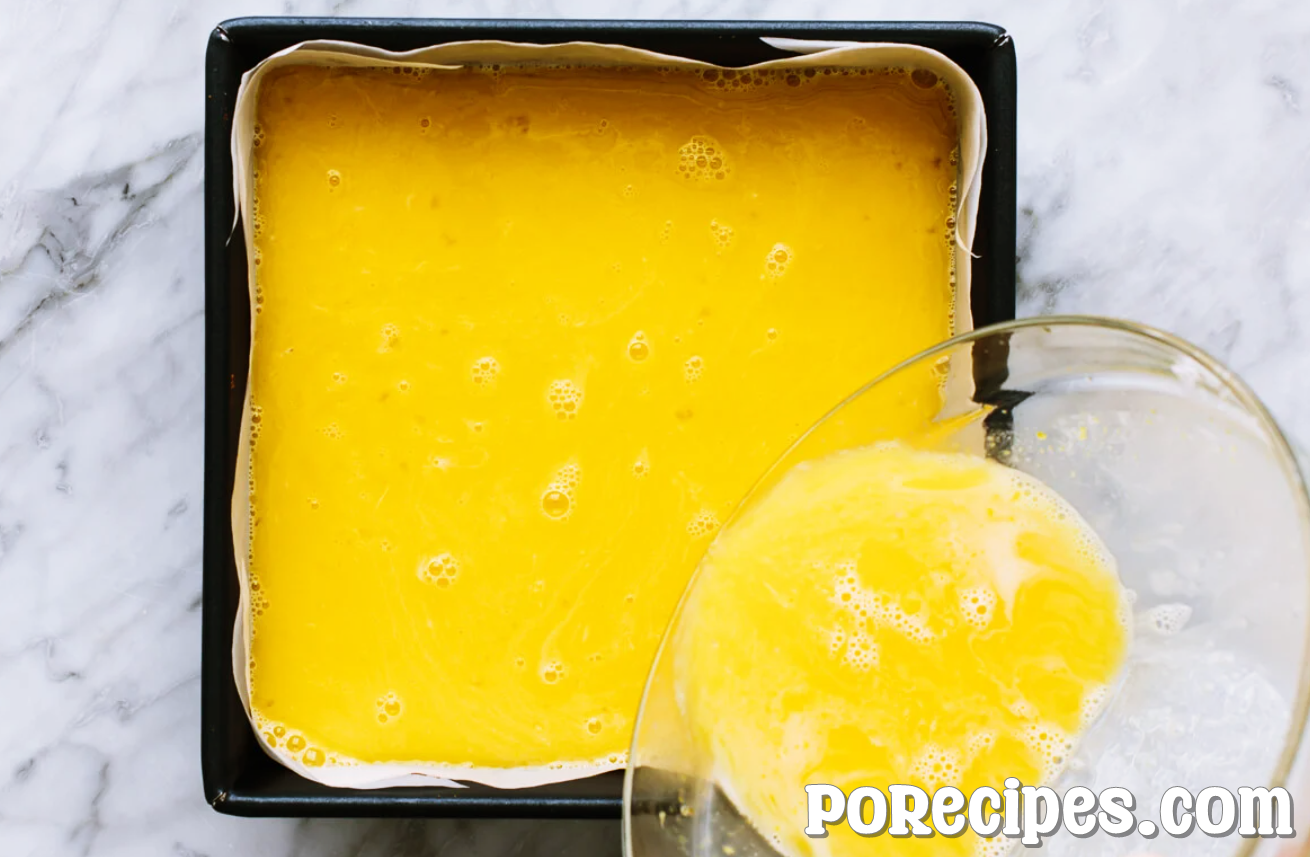
Let them get cold! Wait to try to get into the bars too soon because you're too eager. Let them cool for an hour on the counter after you take them out of the oven. Then chill them for another 2 hours in the fridge.
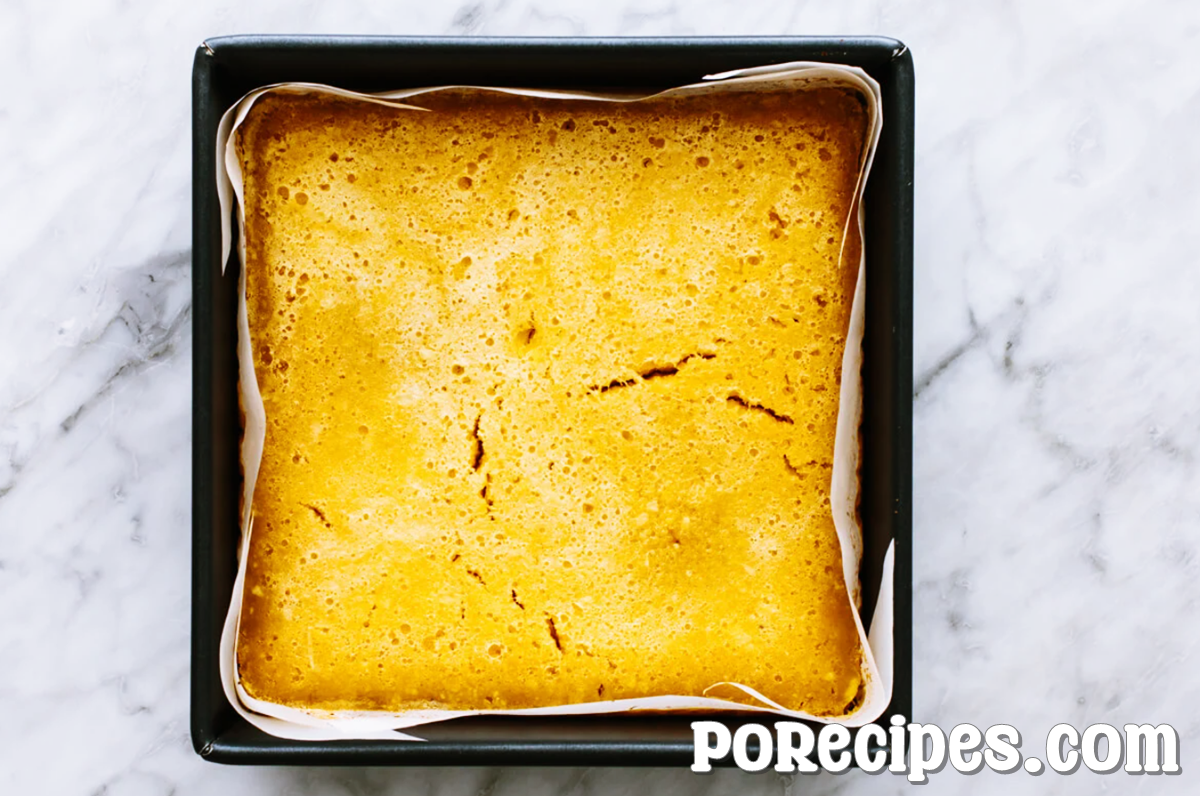
Cut and arrange. Cut the bars into pieces, and if you want, sprinkle some powdered sugar on top. You don't have to do this, but it makes the lemon bars look nice.
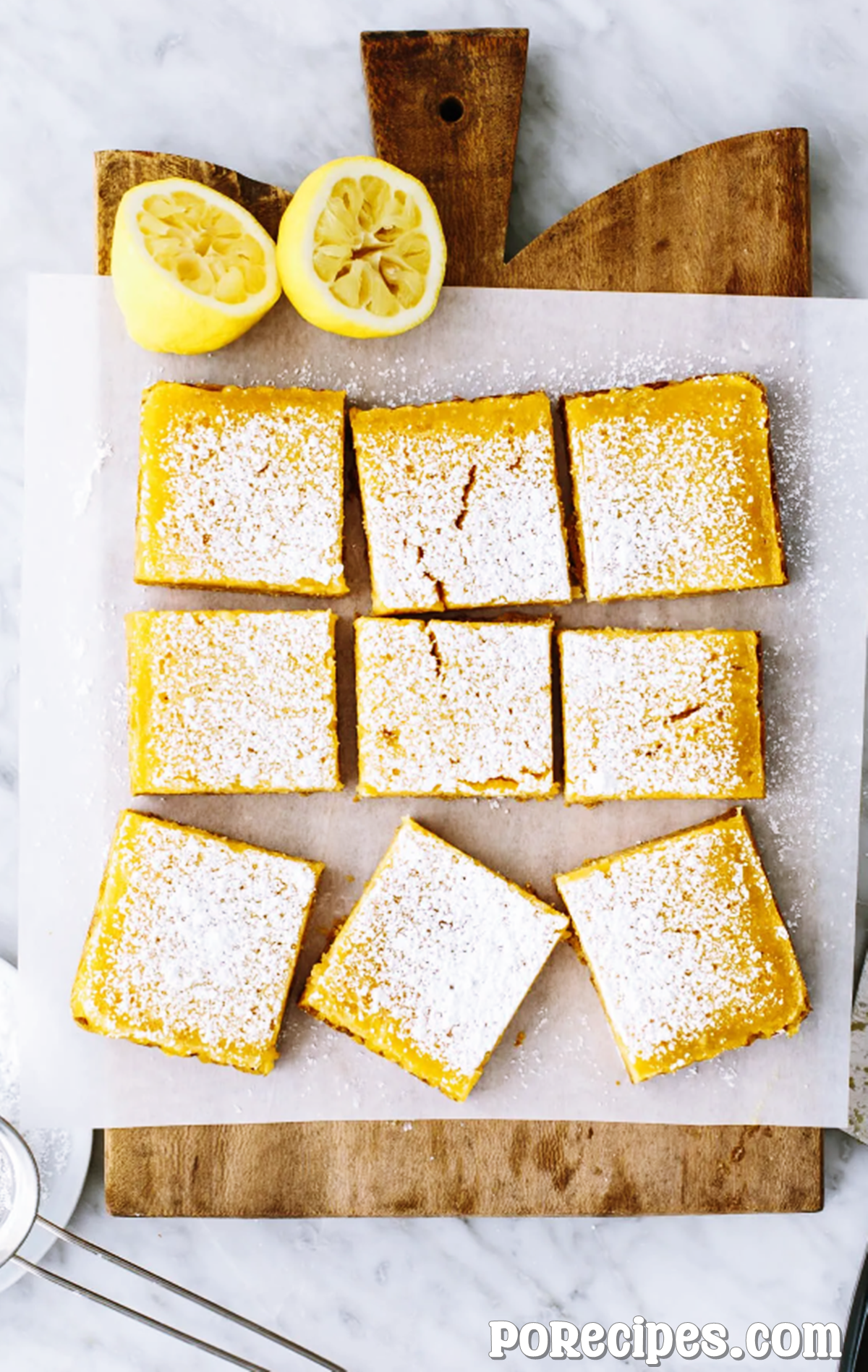
MUST-READ LEMON BAR TIPS!
I made this recipe three times before I was satisfied with it. During my test runs, I had problems with the crust being too thin and soft and the filling needing to be more grainy or firming. Yes, you do want a soft filling, but not one that's so soft it's mushy. I also played around with how sweet and sour the dish was. So let me give you some advice!
- Flavours: You should not change these. For the best quality, each flour does an essential job. I did try coconut flour in the filling, but I wouldn't say I liked the texture as much as the tapioca flour.
- Pans: Glass, metal, and clay pan all bake a little bit differently. Glass pans take longer to heat up, but they stay hotter longer and can catch fire more quickly. For this dish, I used a metal baking pan. If you're using glass, turn down the heat and bake longer.
- Don't underbake: When you take the pie out of the oven, you want the filling to be soft enough or jiggly. If you see other recipes that say the filling should be jiggly, that's probably because they use regular flour. We aren't. So it should be cooked all through and stiff, like Jell-O. If not, the bars will be too soft after they cool.
- Don't Overbake: On the other hand, you want to avoid overbaking because the filling might end up with an odd texture, like slightly cooked eggs, instead of being smooth like lemon curd. Every oven cooks a little bit differently, so watch yours. It should be done if you bake something for 20 to 25 minutes. (I put them in my oven for 25 minutes).
- Crust Rising: While your crust is pre-baking, it may rise slightly. That's alright. Press it down again when you remove it from the oven, then pour the filling on top. You don't want to drive holes in the crust because the filling might leak.
- Level of sweetness: This is a tart and zingy recipe. You can always add a few more tablespoons of sugar if you want. You can cut back on the lemon zest if it tastes too lemony.
- Varieties of lemons: I'm using regular lemons, which have a strong flavour, but if you can find Meyer lemons, they will taste naturally sweeter and less sour. If you use Meyer lemons, I suggest cutting back on the sugar by a couple of tablespoons.
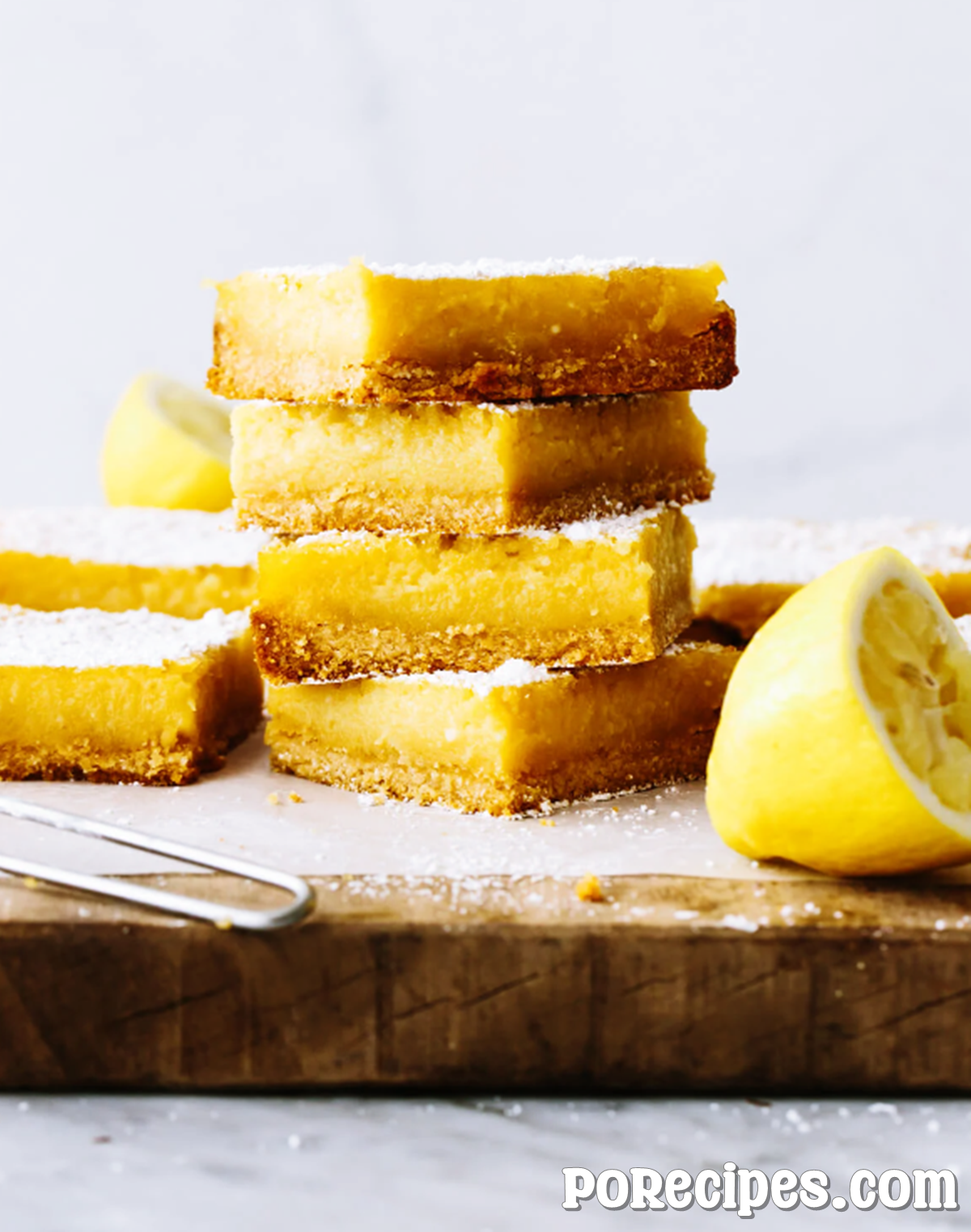
FAQ's
Is gluten-free lemon juice in bottles?
There is no gluten in lemon juice concentrate. Patients with celiac disease and other gluten-related diseases should be safe to consume lemon juice concentrate.
Do lemon bars have gluten in them?
Since the crust is frequently produced with all-purpose wheat flour containing gluten, most lemon bars do include gluten. However, the gluten-free flour crust used to make these lemon bars ensures they taste just as good.
Conclusion:
These bars can be stored so that you and your family and friends can eat them again in the future if you still need to finish them all in one sitting, which frequently happens. Please let me know how the lemon bars turn out if you make them.

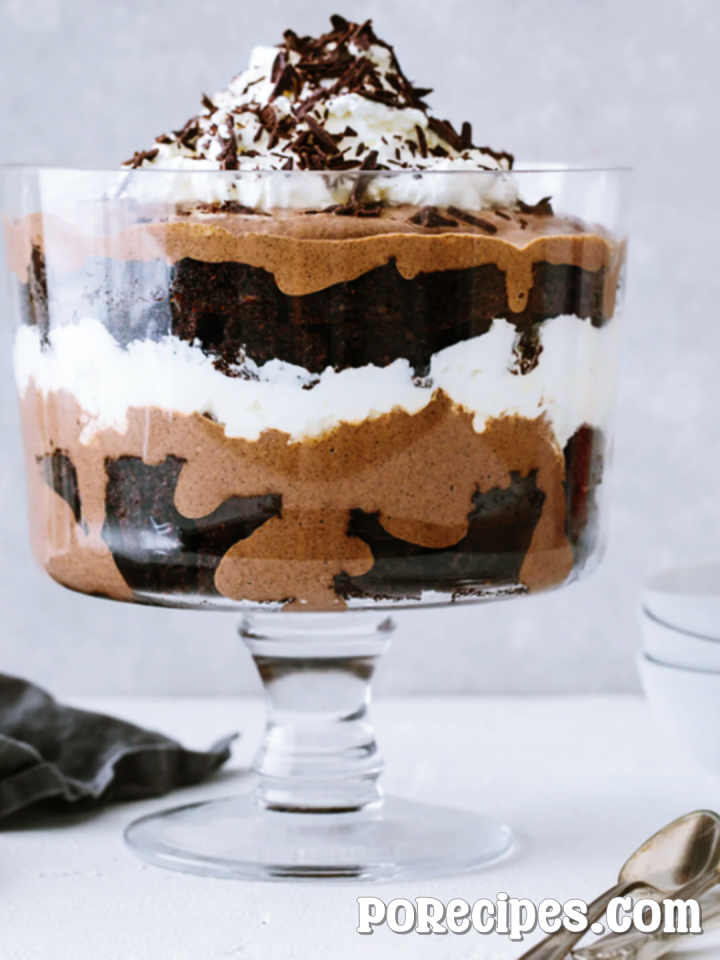


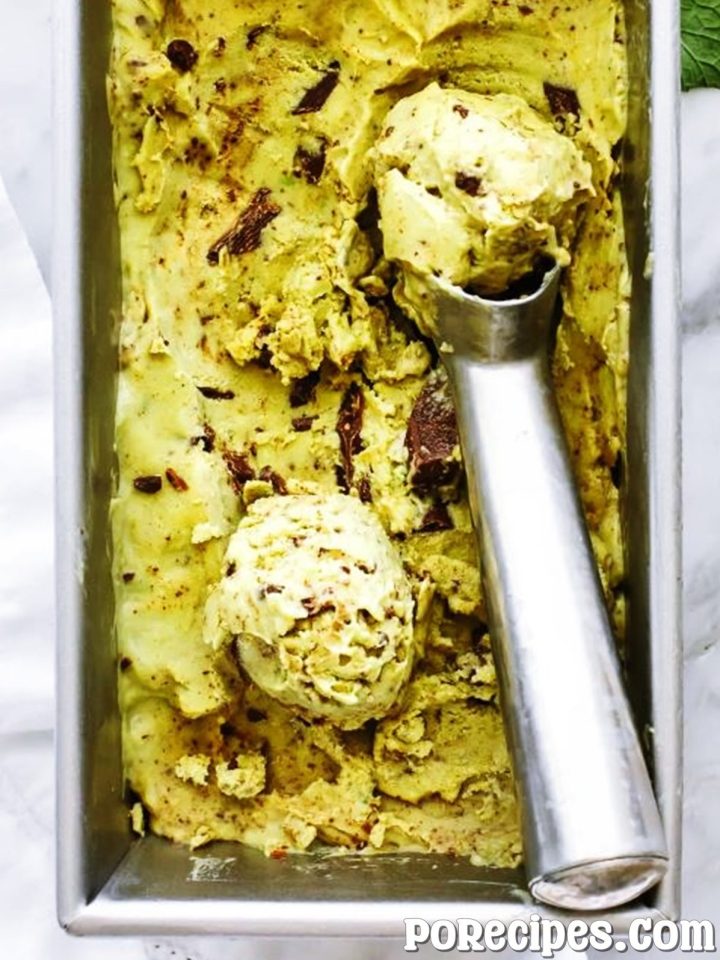
Leave a Reply